CNS & PNS
Directions/Planes
Protection
Spinal Cord
-Encephalonic divisions ( mnemonic: "Start at the Top with T, then alphabetically")

PSYC 2: Biological Foundations - Fall 2012 - Professor Claffey
Version:
10/30/12 - original version
| Content covered in Hans's
lecture: CNS & PNS Directions/Planes Protection Spinal Cord -Encephalonic divisions ( mnemonic: "Start at the Top with T, then alphabetically") |
 |
"subcortical" is
everything under the cortex (the very outer surface)
includes areas introduced above: thalamus, hypothalamus, medulla, pons, cerebellum
includes the limbic system (more detail in Unit:
Cognition) & basal ganglia (more detail in Motor System below)
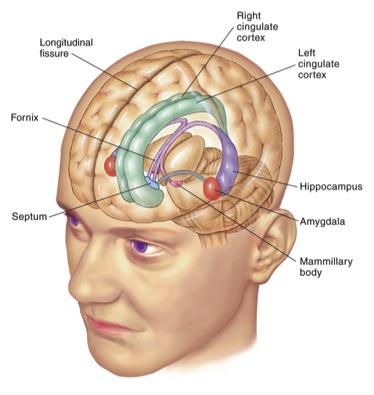 |
circles the thalamus
(limbic is Greek for ring) regulates the four Fs of behavior: fighting, fleeing, feeding, and ______________ Areas________________ ________________ |
To be covered in Motor System
of this unit
Optional TED Talk - Daniel Wolpert: The real reason for brains (first 2:30 is most relevant, but good stuff after)
http://www.ted.com/talks/daniel_wolpert_the_real_reason_for_brains.html
Overview
Responsible for controlling our ________________/skeletal muscle
Capable of extensive ________________ and ________________
Requires extensive somatosensory ________________
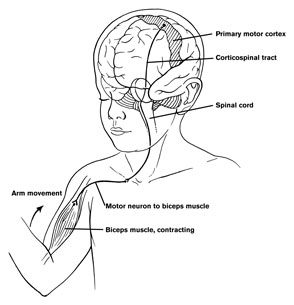 |
Upper Motor NeuronsCell bodies in primary motor cortexTravel down the spinal cord Lower Motor NeuronsSynapse onto muscles - neuromuscular junctions |
Necessary for ____________________________
Controls the distal muscles (e.g. hands, wrists, feet)
Axons go to only one specific segment of the spine
Lesions cause problems with fine movement (like moving some fingers but not others)
Necessary for ________________ and "anti-gravity"
Controls the proximal muscles (e.g. the trunk, neck, chest)
Axons go to many segments of the spine
Lesions cause problems with posture, sitting up, orienting
 |
 |
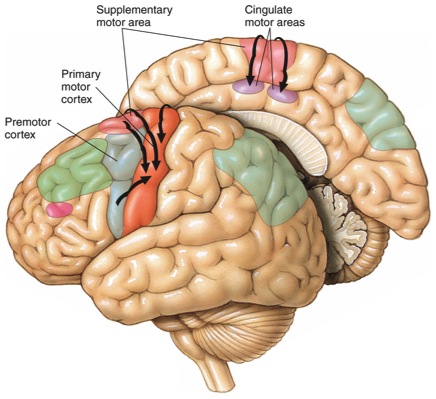
|
Role: Main source of output signals to control muscles Similar to somatosensory cortex Electrical stimulation causes: |
Role: Planning and coordinating complex movements
Input: dorsolateral prefrontal cortex
Output: primary motor cortex
Includes: supplementary motor area and premotor area
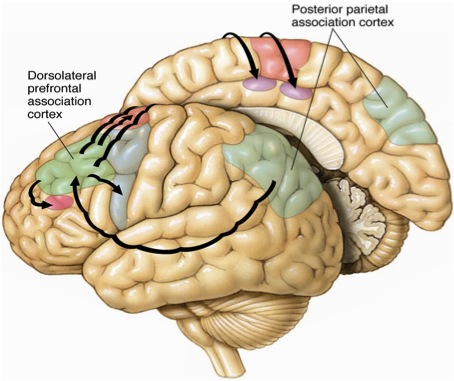 |
Role: ________________ which movement to make DLPFC is involved in far more than motor control |
(previously introduced in Unit: Sensation)
Role: Representing sense of body and space
Input: sensory systems
Output: dorsolateral prefrontal cortex (DLPFC)
Damage here can cause problems with voluntary movement (though not habitual/automatic movement)
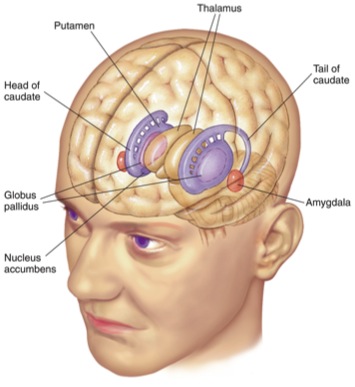 |
Role: Suppress ____________________________ action Input: cortex Output: cortex via thalamus Serves as the gateway for selecting movement It is as though the cortex is "proposing" many different actions and the basal ganglia selects only one May also select ______________ and ________________ decisions |
Role: Motor learning and fine coordination
Input: Primary/secondary motor, sensory systems
Output: Primary/secondary motor
Receives a copy of the motor command, compares to desired output, makes small adjustments
Also the site of some motor learning (what people call "muscle memory")
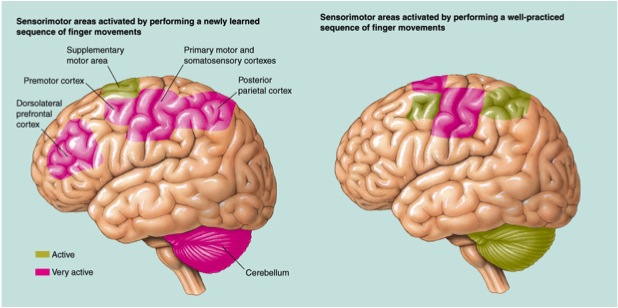
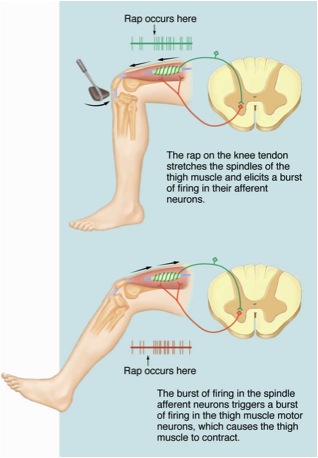
|
There are sensory neurons that synapse directly on lower motor neurons Capable of producing movement without the brain Advantages: ________________ and ________________ Respond to temperature, joint displacement, pressure |
________________ - function is more dependent on one
hemisphere (left/right) than the other
contralateral - across/different sides
ipsilateral - same side
________________
problems with speech
typically patients with aphasia have damage
to ________________ hemisphere
handedness
right handed people almost
always have language in left hemisphere
left handed people usually
have language in the left hemisphere
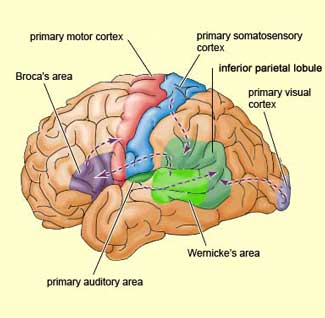 Source: mybrainnotes.com/memory-language-brain.html |
Fun Facts (will not be tested) Paul Broca & Carl Wernicke - physicians in 1800's - performed autopsies on people with aphasia - noticed the reliability of damage to left hemisphere - earliest evidence for lateralization in the brain Wada Test anesthetize one hemisphere of the brain at a time can impair speech in conscious subjects used to localize language before brain surgery Optional videos: Broca's aphasia - old, recent Wernicke's aphasia - old |
other capabilities
findings of lateralization for: reading,
faces, emotions, music, math, spatial reasoning, details/gist
often exaggerated in the popular media
differences can be minor and/or unreliable
from person to person
after damage, other hemisphere can sometimes
compensate or develop
expertise can exaggerate differences
____________________________ can be surgically cut
done either experimentally (animals) or to
treat epilepsy (humans)
effects in human patients are obvious/subtle
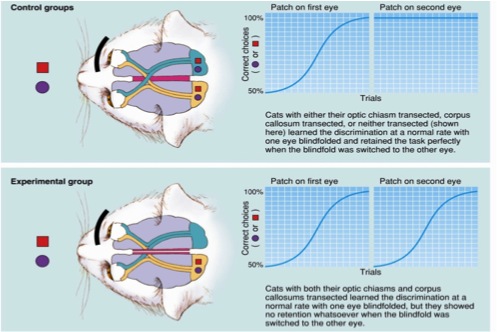 |
Full description of the
experiment on P415-416 (8th ed.) Four different treatments in the experiment: A. no surgery B. cut the optic chiasm C. cut the corpus callosum D. cut both optic chiasm and corpus callosum One hemisphere learned as fast as both hemispheres still connected Learning could be transferred across corpus callosum |
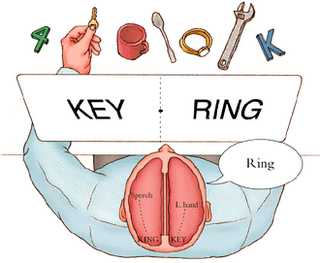 Source: brainmind.com/Brain3.html |
Patients have corpus
callosum cut as epilepsy treatment Different objects/words could be presented to each hemisphere Person would answer different depending on which hemisphere was responding (remember: language only on left) 2 hemispheres are functioning independently within a person Videos: Gazzaniga w/ Alan Alda, Other |
How do we get from embryo to
mature adult brain?
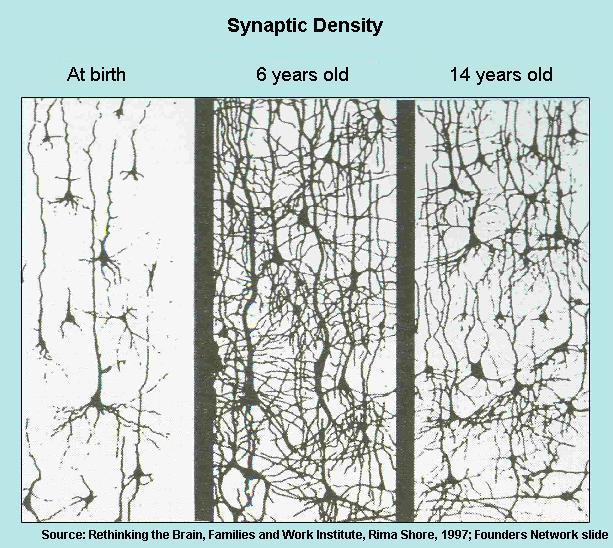 |
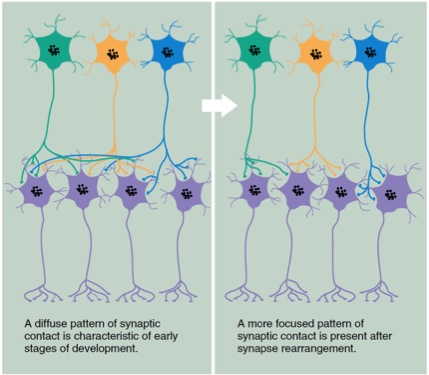 |
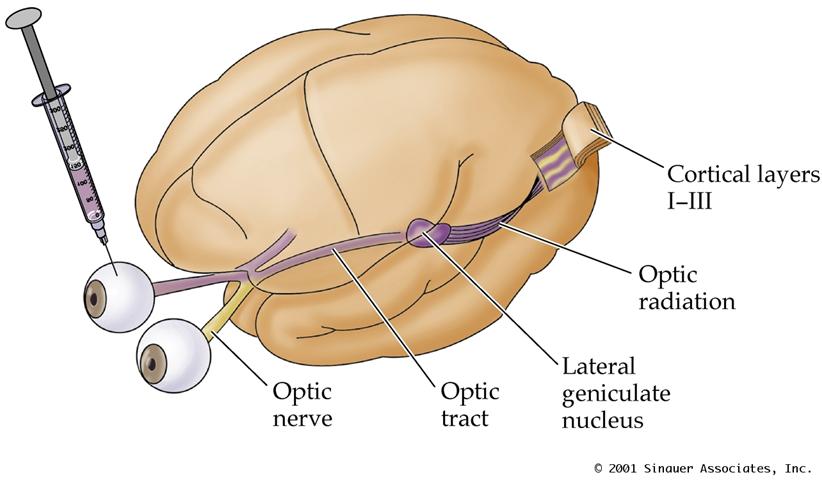 |
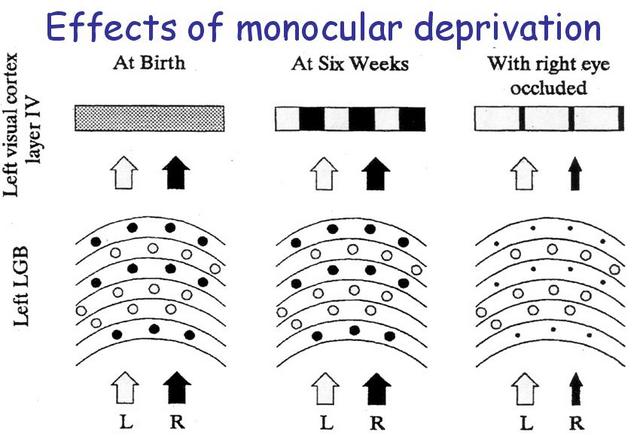 |
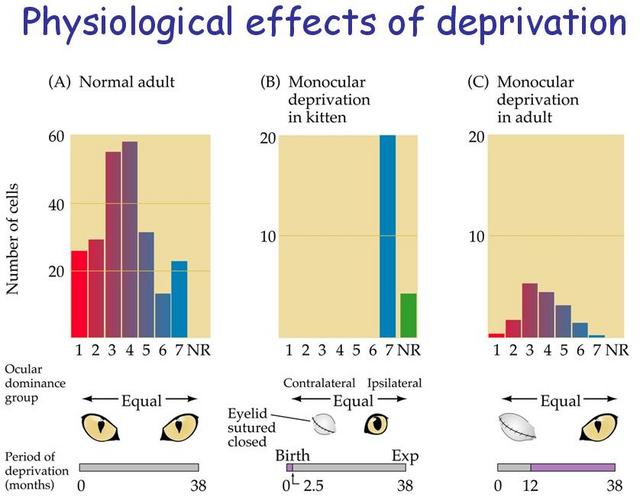 |
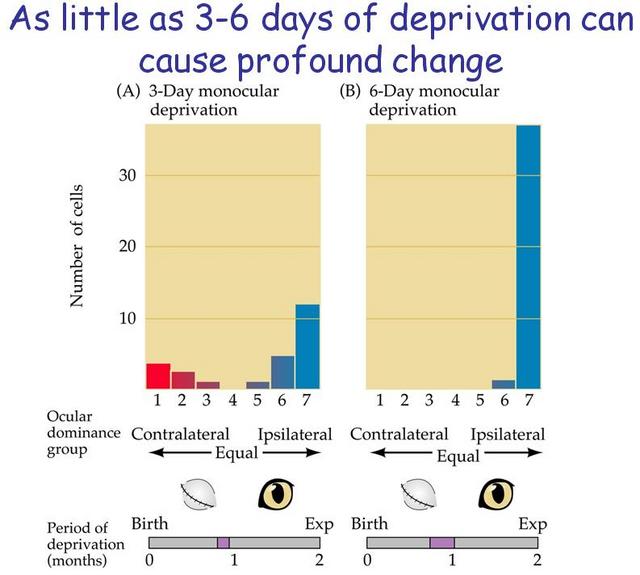 |